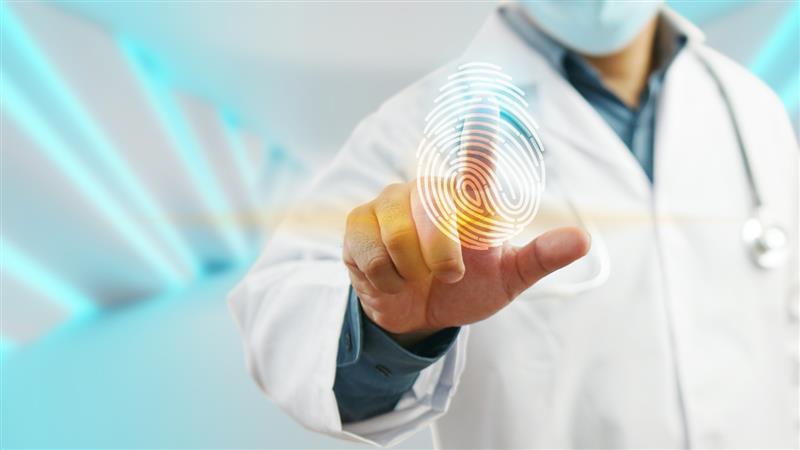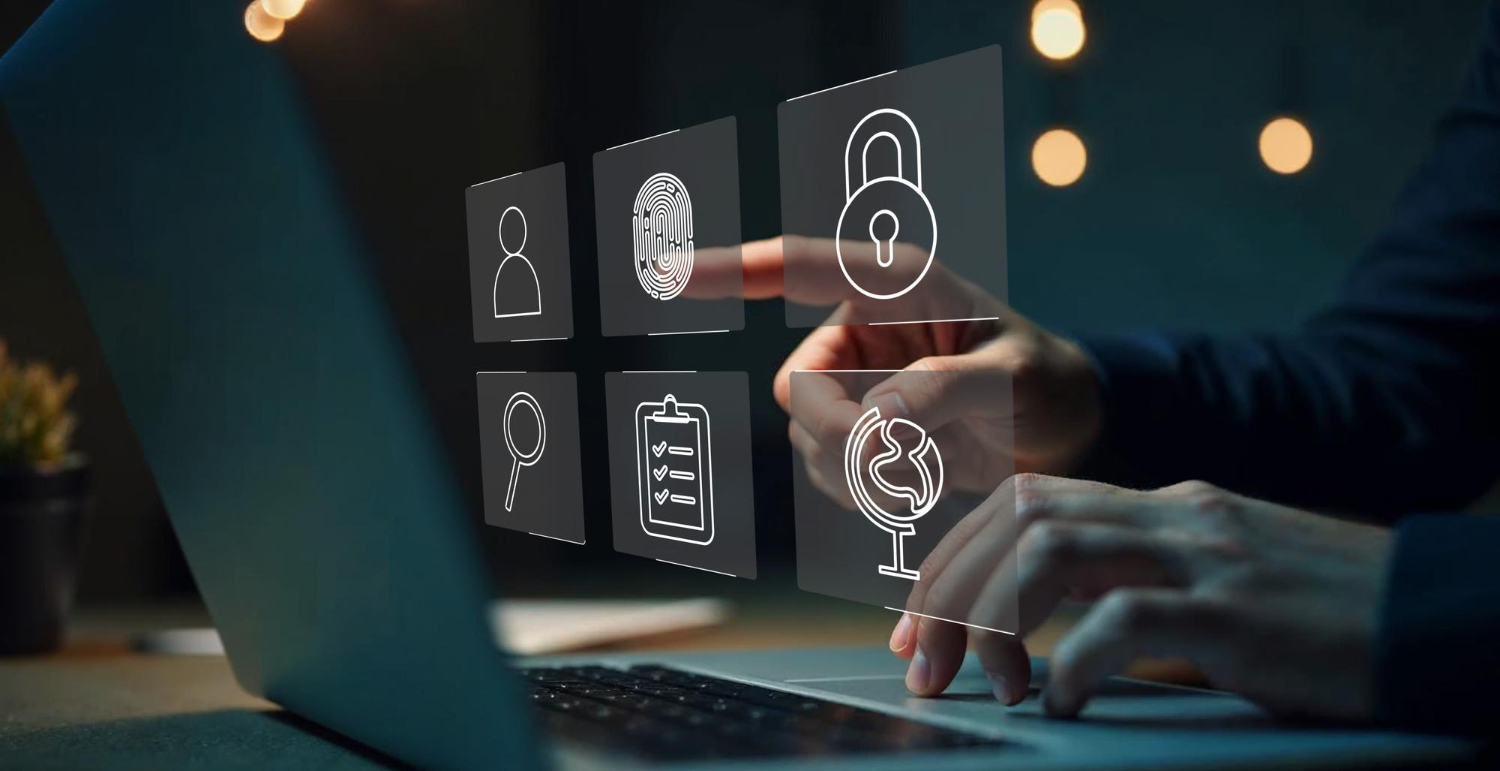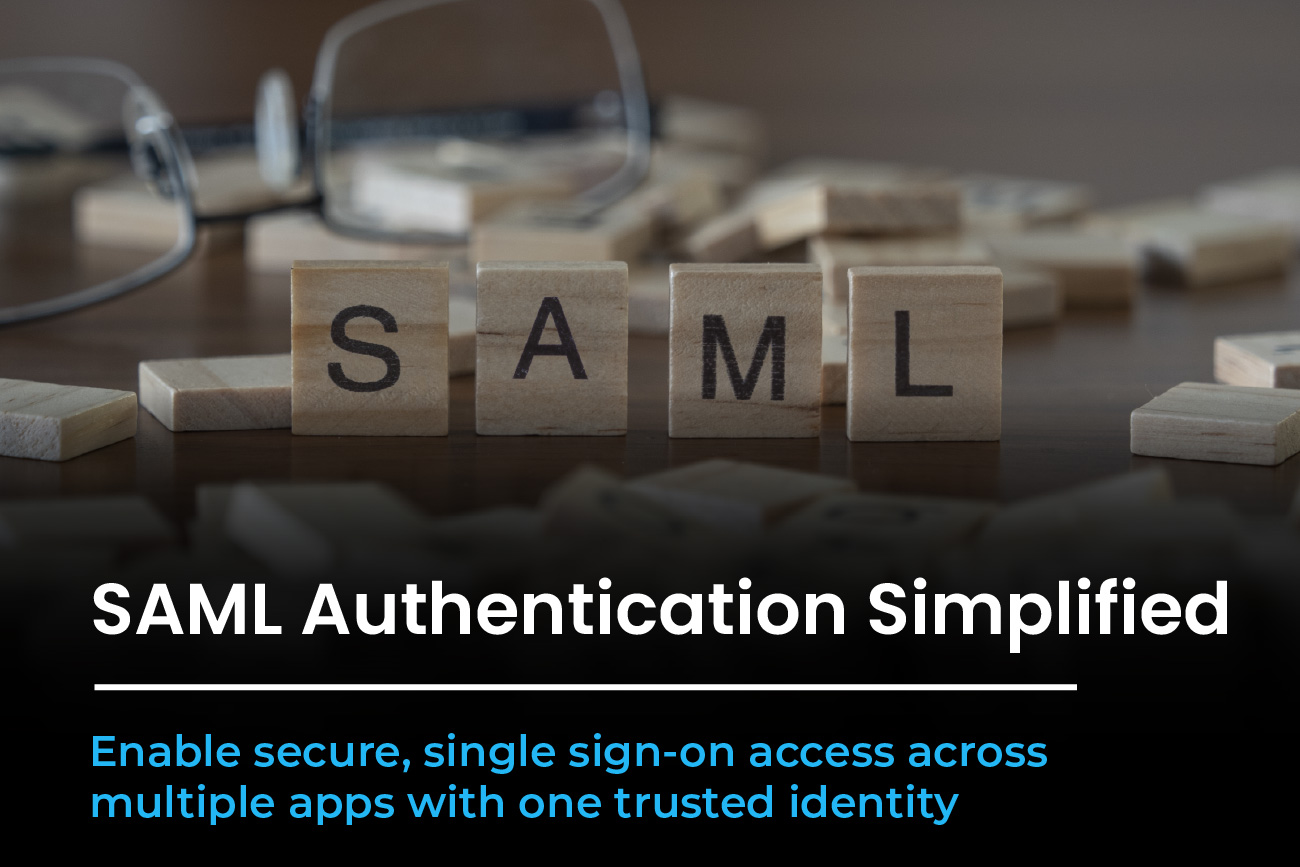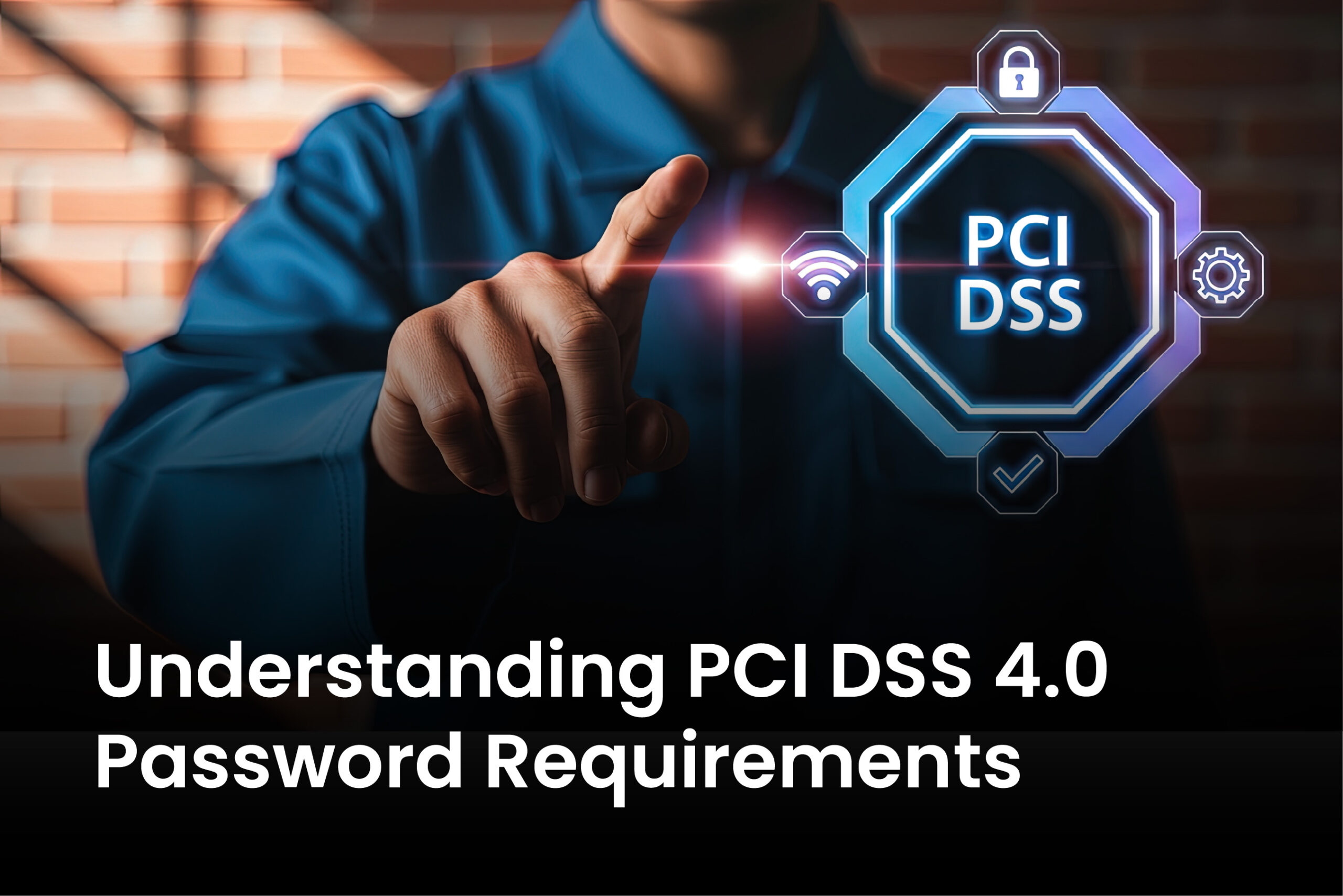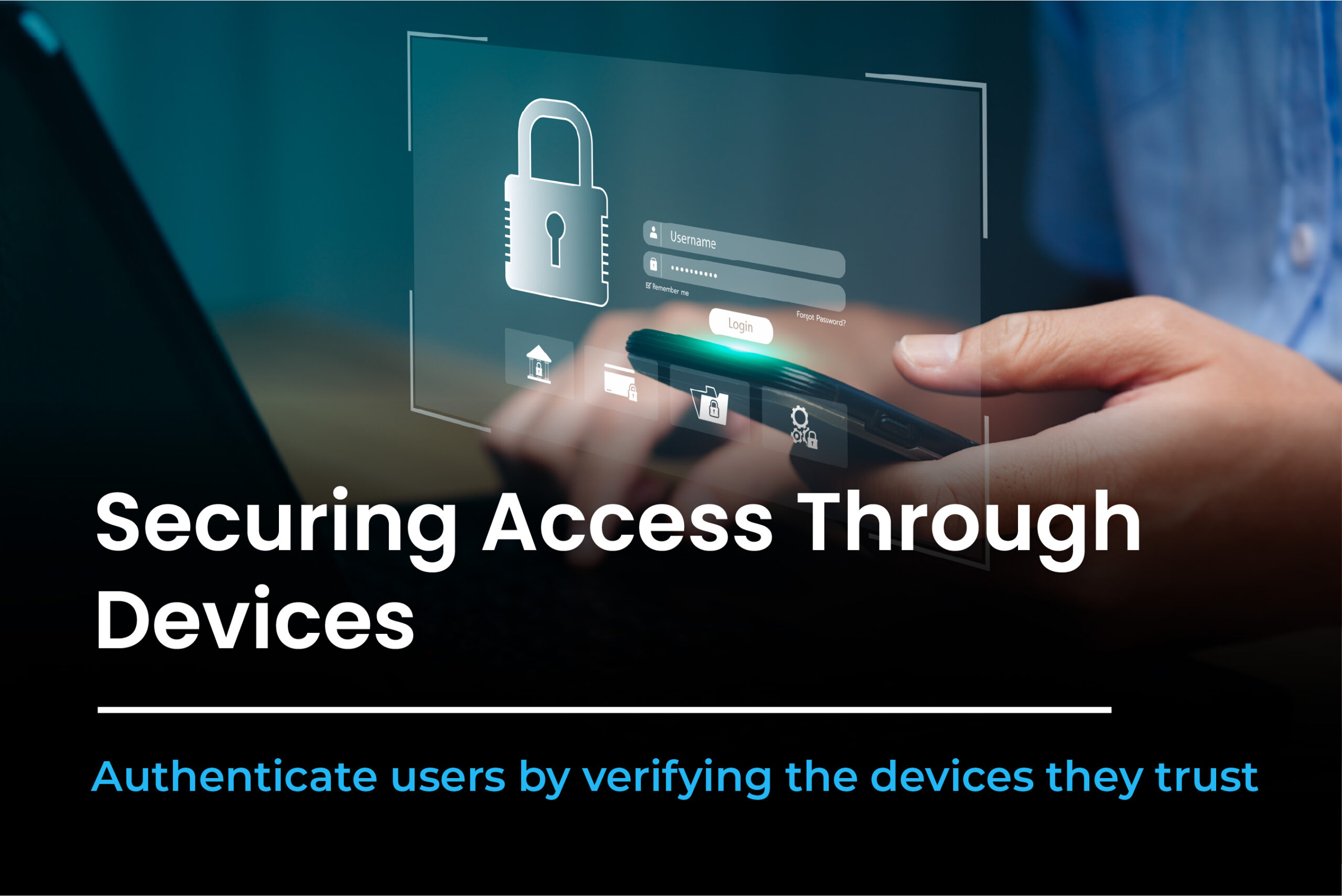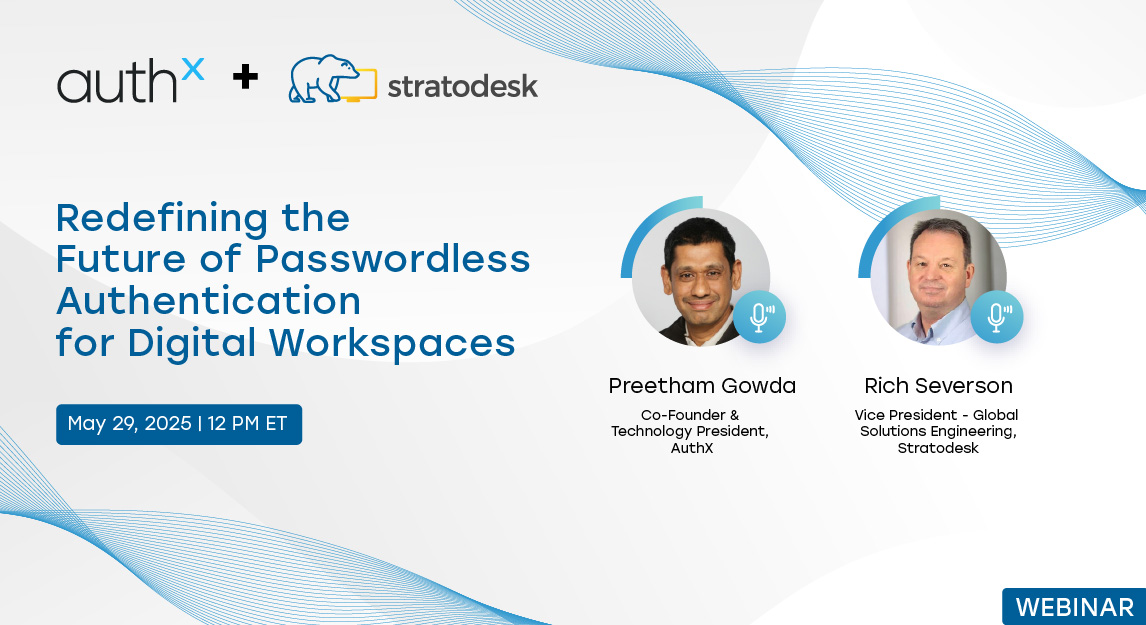We’ve spent years talking about digital transformation in healthcare. But if there’s one area where the stakes are sky-high and the progress undeniable, it’s identity.
You’d be surprised how often we still hear stories from IT leaders like, “A patient was almost treated under the wrong record,” or “We had a clinician locked out of a critical system due to a forgotten password.” These are not edge cases, they’re symptoms of a broader identity crisis in healthcare.
And biometrics in healthcare may finally be the solution that sticks.
Why Accurate Patient Identification Matters (More Than Ever)?
Every workflow in healthcare depends on correctly identifying people, patients, providers, and even vendors. Yet errors in patient identification still plague many organizations.
According to the WHO, nearly 2.6 million deaths globally are linked to medical errors each year. Many of those are tied directly to misidentification.
We’re often asked; why add biometrics when we already use barcodes or ID cards? The answer is simple: barcodes can be swapped. Cards can be lost. But your face, iris, or fingerprint? That’s uniquely yours. In a system where even a single error can cost lives, that level of assurance matters.
In a system where even a single error can cost lives, that level of assurance matters. That’s exactly why biometric in healthcare is gaining traction as a necessary identity layer, not a luxury.
How Biometric Technology Works in Healthcare?
Biometric technology in healthcare may seem complex, but its value is surprisingly straightforward. Here’s how it typically works:
- Data Capture: A device (like a fingerprint scanner or facial recognition camera) captures your unique biometric trait.
- Template Creation: The system creates a secure digital version of this trait.
- Verification: When you return, your live biometric is compared against the stored template.
- Access or Action: If it matches, access is granted whether that’s logging into an EHR, checking into a biometric clinic, or dispensing medication.
The process takes seconds. And in emergency scenarios, that kind of speed can be the difference between timely care and catastrophic delay.
The Different Types of Biometric Identification in Healthcare
Biometric in healthcare comes in many forms, each tailored to different workflows. Here’s what’s already in use:
1. Fingerprint Scanning
Fingerprint authentication remains one of the most widely adopted methods, particularly for:
- Time and attendance tracking
- Medication dispensing
- Patient registration at outpatient clinics
It’s also one of the earliest forms of biometrics used in hospitals, thanks to its reliability and affordability.
2. Facial Recognition
Contactless and quick, facial recognition became even more relevant post-COVID. Systems like those at Geisinger Medical Center use facial scans for patient check-ins.
3. Iris and Retina Scanning
Used in high-security zones like medication vaults or research labs, this method delivers unmatched precision and is a growing segment of biometrics medical systems.
4. Palm Vein Scanning
By using vein patterns beneath the skin, palm vein scanners offer non-invasive, high-accuracy identification.
5. Signature & DNA Recognition
These systems add forensic-level identity assurance, particularly in legal documentation and clinical trials.
Where Biometrics are Already Making an Impact?
Let’s move beyond theory. Here’s where biometrics and healthcare are already converging in real-world use cases:
- Patient Registration & Check-In
Biometric kiosks allow patients to check in within seconds—securely and hygienically. It’s a smarter, faster welcome to care.
- Single Sign-On (SSO) for Clinicians
Single sign on authentication combined with Biometric authentication in healthcare saves hours every day. One clinician said, “It doesn’t just make access faster, it reduces password fatigue and burnout.”
- Telemedicine & Remote Monitoring
Biometrics ensure that remote sessions remain secure, helping both providers and patients feel confident during virtual care.
- Electronic Prescriptions (EPCS)
DEA rules require MFA solutions for prescribing controlled substances. Biometrics fit the bill; compliant, quick, and auditable.
- Facility Access Control
From ICUs to research labs, hospitals are using biometric in healthcare settings to guard high-risk zones.
- Clinical Trials & Research
Biometrics ensure accurate identity tracking across multi-site trials, reducing duplication and error in sensitive research.
- Time & Attendance
Automating attendance through fingerprints or facial scans improves staffing accountability and reduces administrative friction.
- Patient Portals & Self-Service
Instead of typing complex passwords, patients can log in using their face or fingerprint—bringing biometrics medical tools directly into their daily health routines.
Why Healthcare Organizations Are Turning to Biometrics?
A CISO we recently spoke with summed it up best: “Biometrics aren’t just about security. They’re about safety, efficiency, and trust.”
Here’s why healthcare systems are all-in:
1. Patient Safety
Biometrics eliminate identification errors—one of the leading causes of preventable harm.
2. Security & Privacy
Strict access control means PHI stays protected—critical in today’s cybersecurity landscape.
3. Fraud Prevention
Whether it’s false insurance claims or prescription abuse, biometrics in healthcare fight fraud at its source.
4. Operational Efficiency
SSO, check-ins, and staff attendance get faster—reducing burden and boosting performance.
5. Regulatory Compliance
Biometric systems support HIPAA, GDPR, and DEA regulations with built-in audit trails.
6. Cost Reduction
Yes, there’s an initial investment. But over time, use of biometrics in healthcare cuts costs by reducing fraud, administrative errors, and inefficiencies.
Not Without Challenges: Barriers to Adoption
We’re big fans of biometrics, but let’s be honest—there are real challenges too:
- Privacy Concerns
Patients worry about how their biometric data is stored and used.
- Upfront Costs
Especially in smaller systems, the investment in devices and integrations is a hurdle.
- Tech Glitches
Wet fingers or bad lighting can impact scanner accuracy. You need fallback methods.
- Legacy Systems
Most EHRs weren’t built with biometrics in mind. Middleware and API bridges are often needed.
- Legal & Compliance Risk
Mismanaging biometric data could result in lawsuits or fines. Governance is non-negotiable.
Where It’s Heading: Future Trends in Biometrics Medical Innovation
The future of biometrics and healthcare is rapidly evolving, with innovations promising stronger security and smarter care. Multi-modal biometrics combining fingerprint, face, and iris data are enhancing identity assurance. Artificial intelligence is being layered with biometric systems to detect anomalies, automate clinical workflows, and personalize patient care. Blockchain-backed identity is also gaining traction, offering decentralized, tamper-proof patient IDs that individuals can control. In mental health, biometrics medical technology is being used to analyze speech patterns, heart rate, and facial expressions to identify stress or depression.
Looking ahead, biometric in healthcare is expected to play a key role in pandemic preparedness, supporting contactless vaccine verification and exposure tracking. And in the era of smart hospitals, biometric systems are enabling identity-aware access to medication cabinets, dynamic room assignments, and AI-verified alerts—all pointing to a future where patient safety and operational efficiency are tightly interwoven.
How AuthX Supports the Future of Biometric Identity?
At AuthX, we believe that biometrics in healthcare shouldn’t demand a 12-month IT overhaul. That’s why we’ve built a platform designed for speed, simplicity, and scale. Our solution supports multi-modal biometrics including face, iris, and fingerprint recognition, while integrating seamlessly with EHR systems through single sign-on.
Whether deployed in the cloud or on-premises, AuthX delivers a HIPAA-aligned, privacy-first architecture that respects both security and compliance. Implementation and onboarding are lightning-fast, helping biometric clinics, hospitals, and labs modernize their identity systems with ease. The result: a flexible, secure, and future-ready biometric solution built for the realities of modern healthcare.
Final Thoughts: From Trend to Healthcare Standard
We used to think biometrics were for airports and espionage thrillers. Now, they’re essential tools in our hospitals.
They make care safer, systems more secure, and staff more efficient. They don’t solve every problem, but they solve a lot of the right ones.
And in healthcare, that’s what progress looks like.
Ready to see how biometrics can transform your organization? Book a demo with AuthX and explore a new era of secure, smart, and seamless identity in healthcare.
FAQs
What is the role of biometrics in healthcare?
How is biometric data captured in hospitals?
Hospitals use devices like fingerprint scanners or facial cameras to collect and verify biometric traits, enabling fast, secure authentication.
Are biometrics secure and HIPAA-compliant?
Yes, when implemented properly. HIPAA-compliant biometric systems encrypt and protect patient data with strict access and audit controls.
Where are biometrics used in healthcare settings?
Biometrics are used for patient check-in, clinician login (SSO), medication access, time tracking, and secure facility entry.
What are the challenges of using biometrics in healthcare?
Barriers include privacy concerns, upfront costs, tech reliability, and integration with legacy EHR systems. Governance and fallback options are essential.

